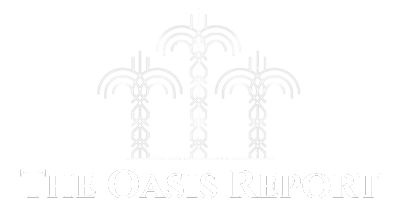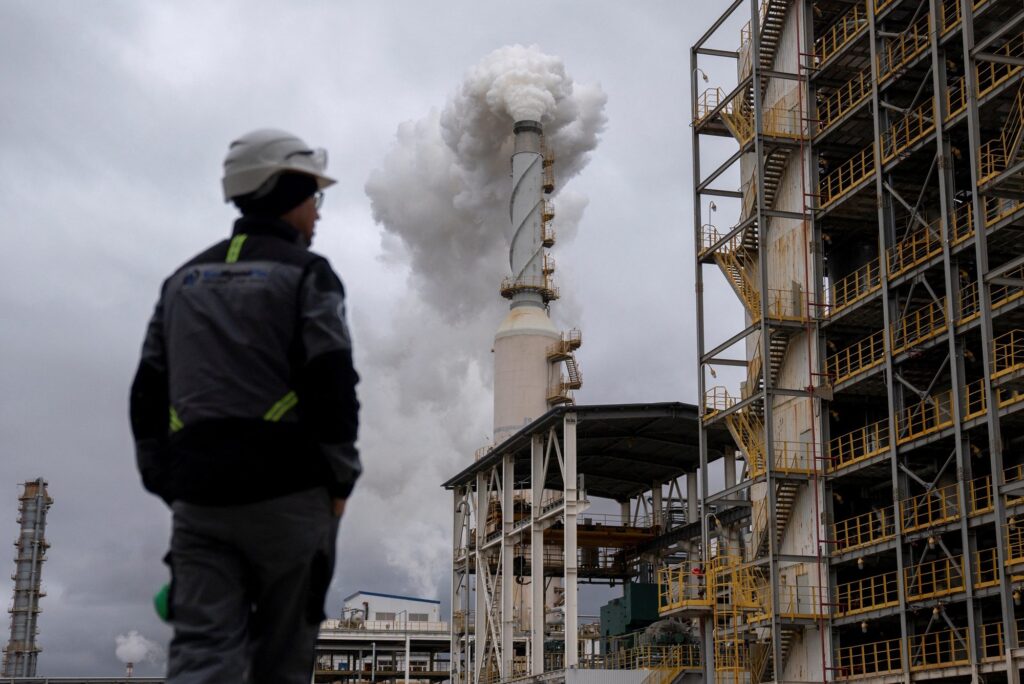Kazakhstan finds itself as the whipping boy within the Opec+ oil alliance led by Saudi Arabia and Russia, and within the “Group of 8” sub-group of producers that have been calling the shots in recent crude oil policy-making decisions.
Persistent production-over-quota by the former Soviet republic has been blamed (obliquely) as the reason for three consecutive monthly increases of 411,000 barrels per day in output. It culminated in last weekend’s rise that took the total number of barrels returned to markets by Opec+ to 1.4 million bpd.
It is likely there were other reasons too for the policy turnround: Saudi Arabia’s reluctance to continue carrying the burden of cuts designed to stabilise global markets; and a desire to halt the loss of market share by Opec+ members to non-Opec producers, notably US shale companies.
Several experts have also pointed to a realignment of Saudi and American oil targets under President Trump. He appears to be sticking to his pledge to bring gasoline pump prices below $3 a gallon, even if it endangers the policy of “Drill, baby, drill” in the US industry
But Kazakh over-production was undoubtedly a big factor in the change of tack by Opec, and Astana is peculiarly unapologetic about it.
Western investors have good relations with Astana, but do not take orders from it, nor – especially – from Opec
Just last week, before the latest Opec cuts, energy minister Yerlan Akkenzhenov said the Central Asian republic is likely to exceed its 1.5 million bpd quota set by Opec, and could do little about that beyond offering compensation cuts sometime next year.
To understand why Kazakhstan finds itself in this position, you have to look back to the years immediately after the end of the Soviet Union in 1991. Newly independent Kazakhstan inherited massive but underinvested oil reserves from its Russian rulers, and – keen to shake off Moscow control – turned West instead.
An aggressive liberalisation programme pulled in Chevron, ExxonMobil, Shell and Total to develop its oil reserves, usually (but not exclusively) in partnership with state energy company KazMunayGas.
The Western partners brought capital and technology, but they also insisted on solid commercial terms for their long-term commitment to Kazakhstan – and some leeway in setting production targets.
The Western investors have good relations with Astana, but do not take orders from it, nor – especially – from Opec.
Chevron CEO Mike Wirth – whose company operates the country’s giant Tengiz oilfield – said recently that “We don’t engage in discussions about Opec or Opec+” in dealings with Astana.
Though other Opec members also enjoy big Western investment – Iraq and Azerbaijan come to mind – the extent to which Kazakhstan relies on foreign capital and technology creates a problem unique within Opec+.
Imagine if Texas – awash with privately operated rigs, beholden to capital markets not government policy – were suddenly asked to comply with centrally set production limits. The analogy is far from complete, but gives some flavour of the Kazakh dilemma.
Add to this the fact that Kazakh energy operates against a sensitive geopolitical background, walking a fine line between Russia, China and the West at a time of greatly heightened tensions thanks to the Trump tariff wars.
Roughly 80 percent of Kazakh crude exports flow through the Caspian Pipeline Consortium (CPC), which crosses Russian territory to the Black Sea. That pipeline has been shut down or disrupted multiple times over the past three years of conflict in Ukraine – often under pretexts that many see as thinly veiled pressure from the Kremlin.
This pipeline dependency is one reason why Kazakhstan tries to avoid fully antagonising Russia – even as it deepens ties with Western investors and walks a careful line on Ukraine.
In energy diplomacy, Astana wants to be a reliable partner to both East and West. But when it comes to Opec+ obligations, the competing allegiances get messy.
On the other hand, now that Opec+ has decided to fully open the taps, perhaps its leading members will be grateful to Astana for providing the rationale for a policy change that Riyadh and Abu Dhabi have decided is the way forward for global oil strategy.
Kazakhstan is obviously not Texas. But it may be a pointer to the future in the complex world of oil diplomacy.
Frank Kane is Editor-at-Large of AGBI and an award-winning business journalist. He acts as a consultant to the Ministry of Energy of Saudi Arabia



